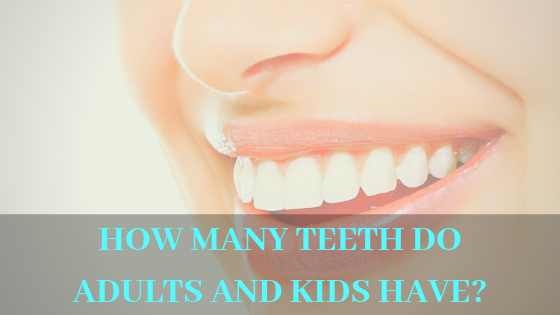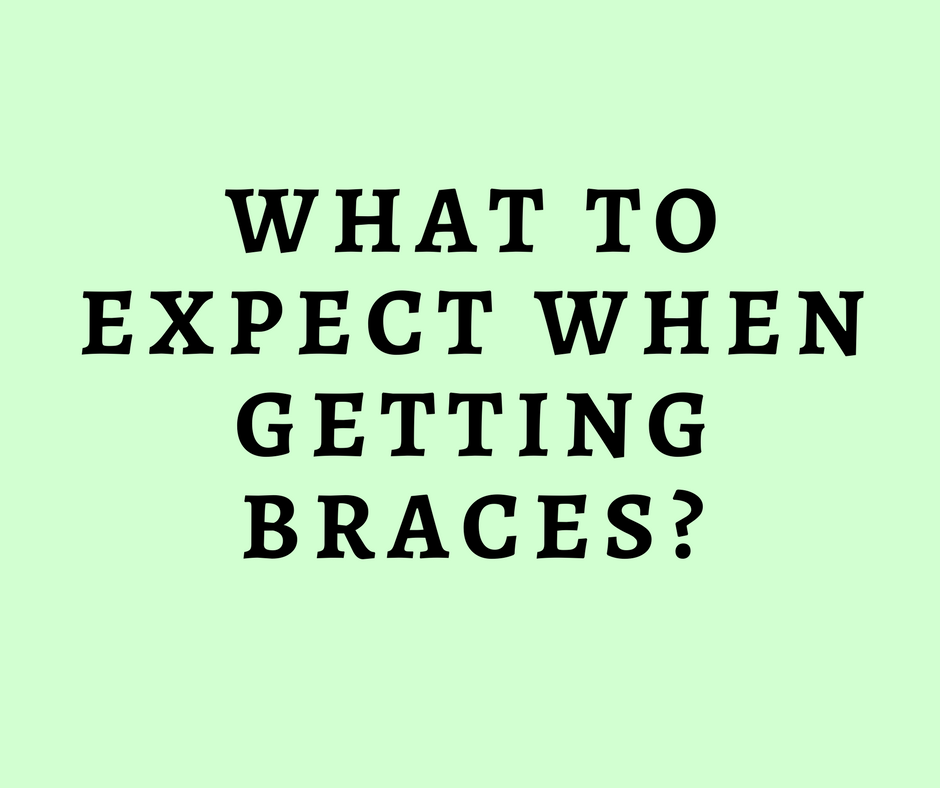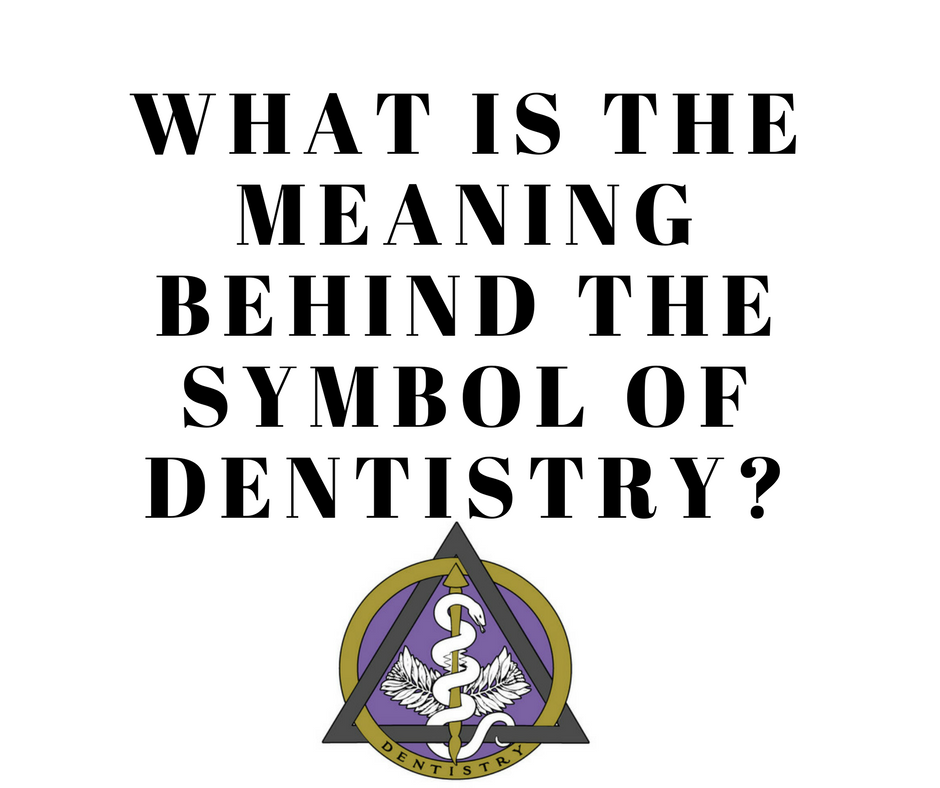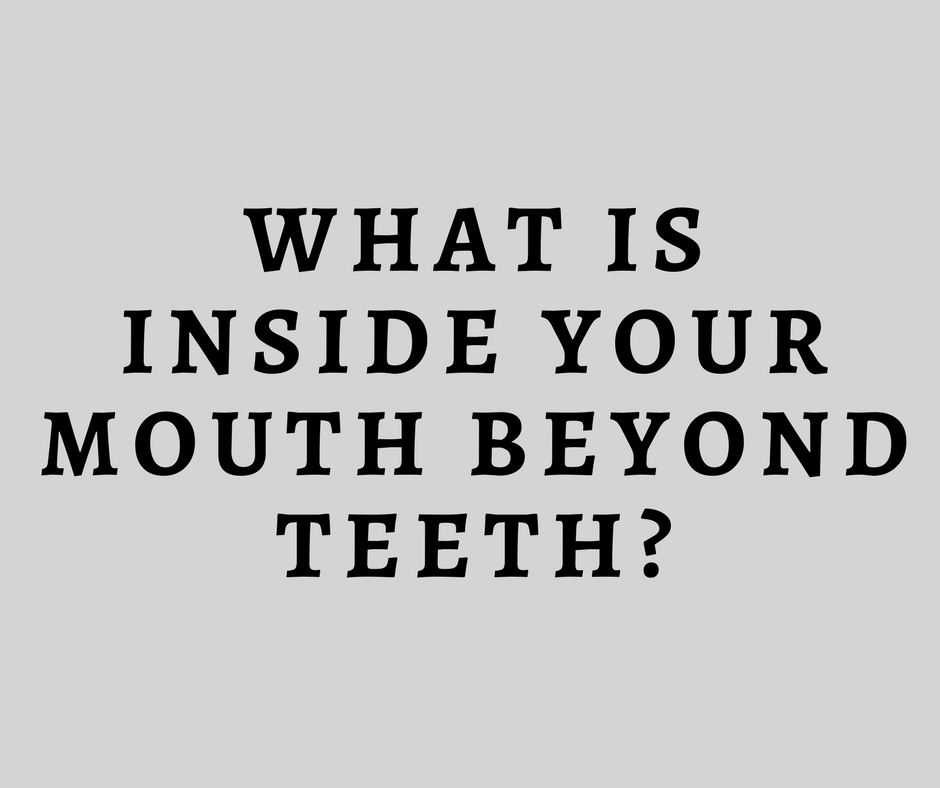
Types of teeth and their function

There are different types of teeth in humans and each of them are designed for mechanical functions like cutting the food to grinding them, making it ready for swallowing and properly digesting. We humans have been gifted with a set of 32 pearls or teeth and we should not take that for granted. We neglect the importance of teeth until it gets harmed or damaged. One must give their teeth the attention and care that they deserve.
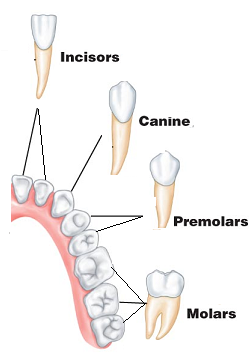
In general, there are four types of teeth in our oral cavity with their individual functions-
-
Incisors
– These are total 8 in number, four in the upper jaw and four in the lower. Central incisors are centrally placed and are bigger in size. The smaller ones are the lateral incisors. The morphological structures of the incisors are such that they are meant to cut any food that enters into the mouth. The incisors create a support for the lips and helps in pronouncing words.
-
Canine
– These are four in total, with two in each corner of one arch and two in the corners of the other arch. These are corner stones of the mouth and play significant role in beautifying one’s smile. The sharpness of the canine helps in tearing the food particles.
-
Premolars
– A total of 8 premolars are present in the mouth which includes the 1st and 2nd . Premolars are referred as bicuspids because of the two pointed cusps. The cusp tips help in tearing and crushing food substances.
-
Molars
– There are four 1st molars, four 2nd molars and four 3rd molars in both the arches of an adult. These are posterior most teeth and the primary function is grinding the particles so that it becomes easy to swallow. Because of the presence of several cusps, a surface for crushing the food is created. Sometimes, the 3rdmolars are not seen in the cavity as they are impacted (within gums).
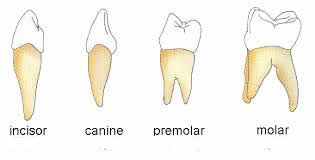
Supernumerary tooth –
Some individuals have more than 32 no. of teeth. This extra tooth or teeth are the supernumerary teeth. The most commonly seen supernumerary tooth is the mesiodens (an extra tooth present between the two central incisors). Other supernumerary teeth include an extra molar (paramolar) or an extra canine.

